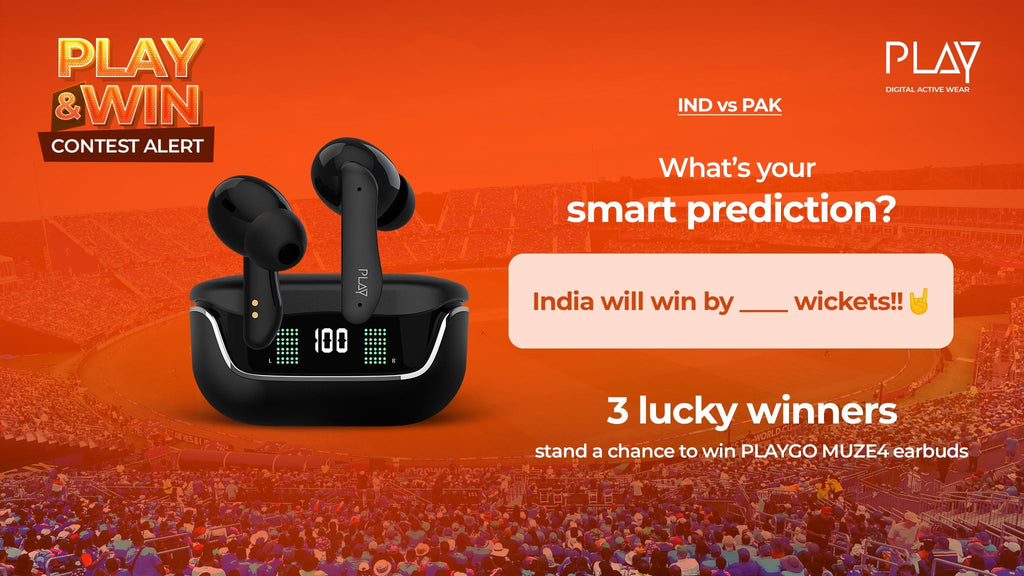

Your Heart Rate is the Key to Smarter Sleep Stages
Whether you are a busy corporate honcho, an overburdened student, or the parent of an infant, odds are that you could benefit from a good night’s sleep. With hectic lifestyles and being busy almost becoming a badge of honour, the one thing that has taken a beating is our sleep habits. Little surprise then that tracking the many stages of sleep has become fairly important.
Some of the reasons that may push you to track your sleep patterns include:
- You wake up several times during the night
- You feel sleepy during the day or go about the day feeling groggy
- You want to optimize your performance including concentration and memory
Why You Need to Focus on Stages of Sleep
So far, however, the typical way to track and record sleep patterns has been to do with body movement. Essentially the body movements during the sleep hours have been used as predictors of sleep change. While an active body with an inactive brain characterizes non-REM or NREM sleep, REM sleep is known to have an active brain in an inactive body.
However, in order to predict sleep stages accurately- how long you spend in light sleep, deep sleep and REM sleep- there is yet another indicator that can go a long way in predicting sleep cycles beyond movement alone. This important indicator is your heart rate.
Heart Rate During the Different Stages of Sleep
While most of us know that our heart rate slows down during our sleep, what many do not know is that heart rate isn’t a constant throughout the night. In fact, heart rate is known to show a significant change when it comes to the different sleep stages. While Non REM sleep shows a reduction in heart rate, REM sleep shows the heart rate increasing to near waking levels.
Since a fitness tracker also tracks your heart rate, it can use the heart rate variations as well as the movement data to accurately estimate your sleep cycles. What this also means is that you do not require expensive sensors or a sleep lab to pick up the nuances of your sleep. In fact, with the use of the heart rate as an added metric, what you also get is the ability to accurately point out the short periods of wakefulness you may have had throughout the night as you transition out of REM sleep.
Breaking Down the Stages of Sleep

On average, data shows, that light sleep would constitute about 50-60% of the night. Deep sleep, on the other hand, makes up as much as 10-25% of sleep while REM sleep makes up about 20-25% of your sleep. Of course, these are broad averages and each individual’s sleep requirements could be unique.
If you are looking for an answer to how to get deep sleep, it’s important to remember that deep sleep typically reduces with age, as also with pain and illness. Also if you tend to work in shifts, deep sleep tends to get affected. On the other hand, if you tend to cut your sleep short, what you are largely impacting is REM sleep, which in turn results in your waking up groggy.
In Summary: Track Stages of Sleep for Good Health
Understanding how you sleep can help fight one of the health epidemics of the 21st century. The advantage of tracking the stages of sleep accurately over a period of time using the heart rate data includes making lifestyle changes that allow you to enjoy a sound sleep. Sleep tracking data can also be used to help identify sleep disorders such as sleep apnea, narcolepsy or insomnia.
Here’s to sleeping your way to good health!


